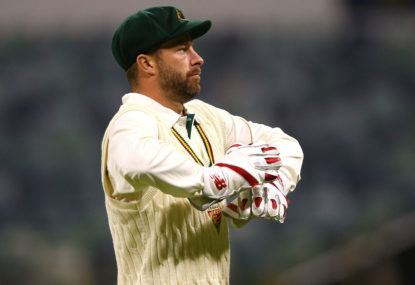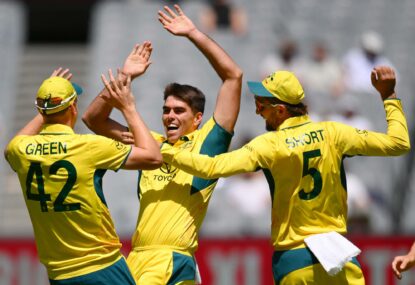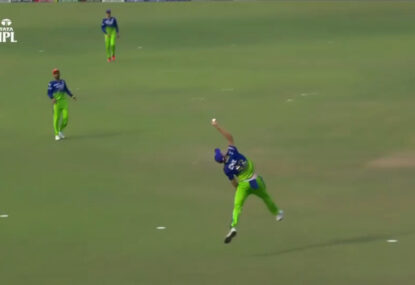Widely tipped to be cellar-dwellers in season 2017-18, the Bulls and the Tigers flipped the domestic cricket pecking order on its head to book a date in the Sheffield Shield final at Allan Border Field on Friday.
So ordinary have both sides been in recent seasons that this is the first time since 2012/13 – when Tasmania defeated Queensland to win the title – that either side has finished above the bottom three.
In fact, last season Tasmania was the only team (ignoring the daylight immediately above them) between Queensland and the wooden spoon, finishing dead last with a solitary win after a nightmare campaign.
So, how did it happen?
It is true that both teams had their fair share of luck in terms of player availability. Matt Renshaw’s early season form slump and Jackson Bird’s February hamstring strain were blessings in disguise for their respective sides, with neither player missing matches to represent Australia.
Only Usman Khawaja and Tim Paine were absent for appreciable chunks of the season due to national callups, and neither side could claim that they anticipated big contributions from those players. Matthew Wade proved a valuable pickup for the Tigers, playing the entire season and contributing important runs (and presumably chatter) after he lost his test ‘keeping spot to Paine.
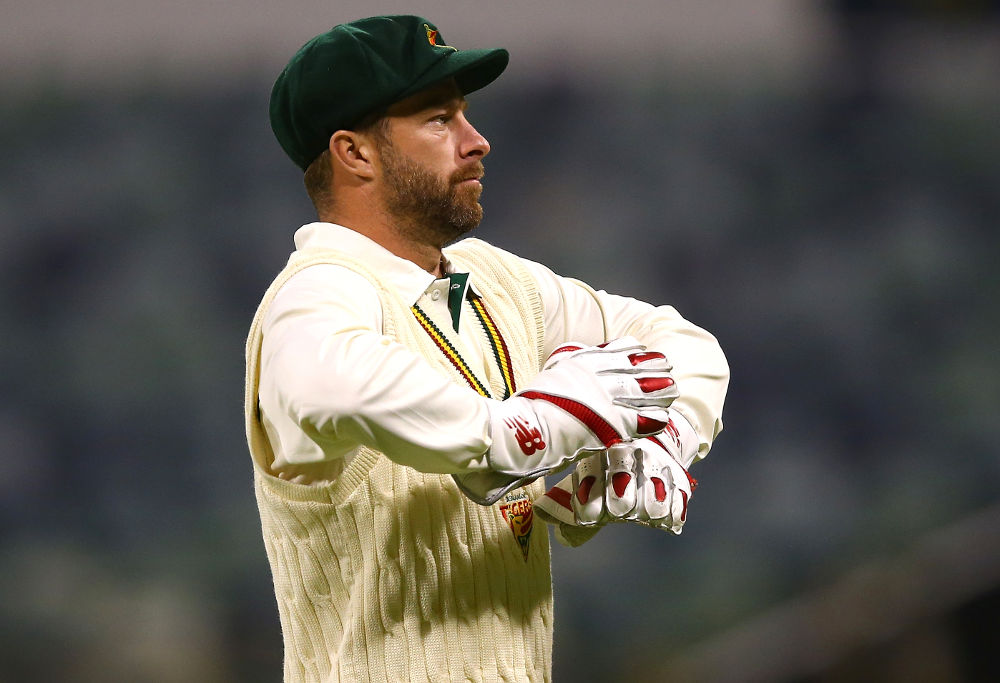
(Photo by Paul Kane/Getty Images)
Conversely, New South Wales and Western Australia suffered through the loss of six and four key players, respectively, to national duties. The Blues’ losses would have been factored in during their campaign planning but the Warriors no doubt banked on having Cameron Bancroft, Shaun and Mitch Marsh and Jhye Richardson available for most of the season. Injuries certainly played their part too.
And yet, it’s not as if either of those sides was devoid of talent. Western Australia still got roughly half a season from each of Bancroft (four matches), Richardson (five) and the Marsh brothers (Mitch six, Shaun four). New South Wales couldn’t even find a spot for last season’s leading run scorer, Ed Cowan, while Steve Smith and David Warner were available during the first three rounds.
Victoria had something of an excuse for falling short, due to retirements and the losses of Marcus Stoinis (Western Australia) and Wade (Tasmania). Even so, this was a side boasting the likes of Marcus Harris, Glenn Maxwell, Aaron Finch, Cameron White, Chris Tremain and Fawad Ahmed. All things considered, it was probably their lifeless home MCG wicket that cost them the points they needed.
South Australia was the undisputed disappointment of the season. Viewed by many as a genuine contender for the title, with a strong lineup and little likelihood of losing players to national duties for any extended period, the Redbacks managed just two wins to finish last.
Callum Ferguson and Travis Head performed well enough with the bat but didn’t receive much support. Jake Lehmann and Tom Cooper, in particular, underwhelmed. In the bowling stakes, Joe Mennie and Daniel Worrall were serviceable but unspectacular; both were outperformed by newcomer Nick Winter following the loss of Chadd Sayers to Australia’s tour of South Africa.
However, focusing on the failings of their opponents does a disservice to both Queensland and Tasmania. It’s not as if they were simply the Stephen Bradburys of the 2017-18 Sheffield Shield. Renshaw and Wade overcame their slow starts to play telling innings, while Joe Burns and Bird were at their dangerous best.
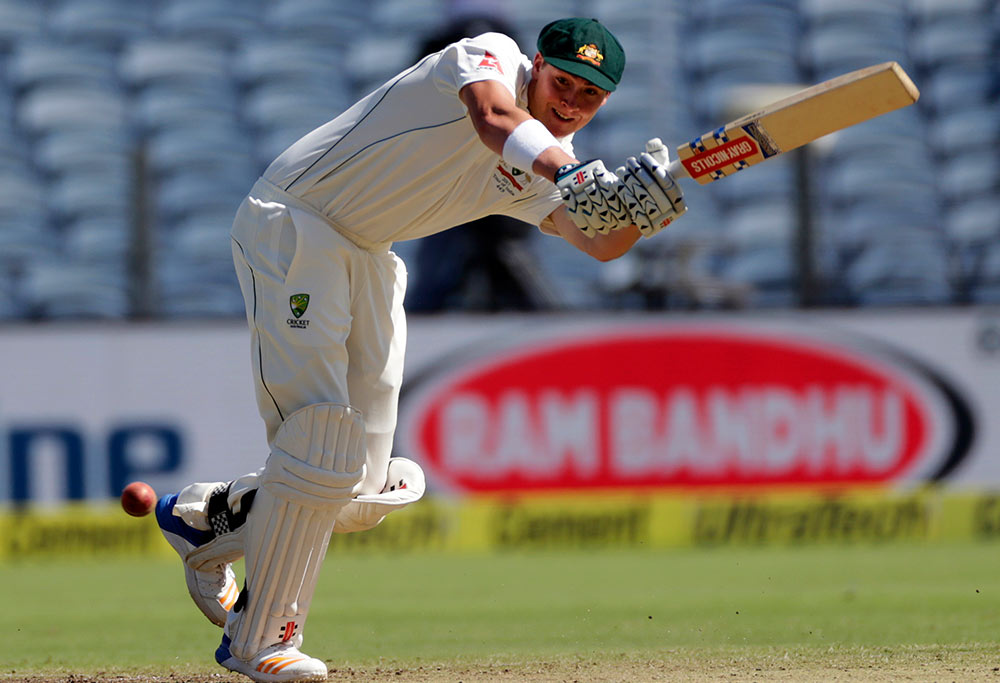
(AP Photo/Rajanish Kakade)
Where the Bulls and Tigers really separated themselves from the pack, though, was in the way their less heralded players stepped up. Both sides deserve credit for the significant improvement that came from within their ranks.
For the Bulls, Marnus Labuschagne grabbed the number three position with both hands at the back end of the season. His solid performances helped to cover for the temporary loss of Burns to injury. Likewise, Sam Heazlett and Chris Hemphrey stepped out of the shadows of the household names in Queensland’s top order.
Perhaps the biggest surprise, though, was the way Michael Neser and Luke Feldmann defied predictions to form one of the most potent new-ball combinations in the competition, each averaging around 20 with the ball. Jack Wildermuth and Brendan Doggett provided valuable support.
In the south, Tigers youngster Jake Doran turned promise into performance – perhaps aided by giving up the gloves – to top his side’s batting averages and aggregate. He found a capable top-order ally in Jordan Silk who, without setting the world alight, began to find the consistency that has eluded him in recent seasons.
ACT-born Tom Rogers had a maiden season to dream of, collecting 35 wickets at 17.31 with a strike rate of just 32.1, capped by some important innings with the bat. Gabe Bell also enjoyed a breakout campaign with the ball, ending with a sub-20 average from his six matches to show that his seven-wicket debut 12 months ago was no fluke.
The final shapes as a contest between Queensland’s strong batting lineup and Tasmania’s potent pace attack. A batsman-friendly wicket is the likely scenario at Allan Border Field, which would see the Bulls start as warm favourites – particularly as they only need a draw to take the title. The Tigers can take plenty of heart from the fact it has been a season for underdogs.
Whatever they are faced with, players from both sides would do well to remember that they reached this point by making more of their opportunities than many pundits thought possible. The biggest opportunity of the season awaits.





























































































